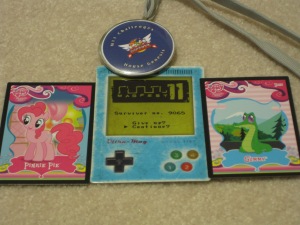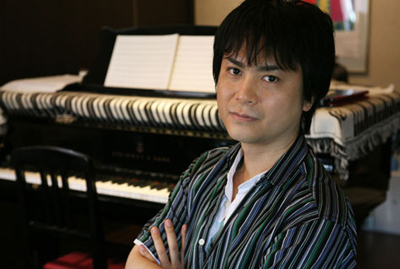
Disclaimer: I apologize for much of the photography—I apparently have the least steady hand in the universe.
If you couldn’t tell by “MAGFest” being in the title of two of my last four blog posts, yes, it was that time of year again.
Having done a two-day, two-night stint for the past two years, Jen and I decided to extend our trip and come up on Thursday night. We thought (I thought) we were being baller, but come to find out, the real ballers head up on Wednesday and get the place warmed up while the rest of us toil away at work. Drat!
After getting, mmmm, “misdirected” on the drive to National Harbor from the other side of the water (National Harbor got sucked into a black hole, according to both Jen’s and our friend’s GPS), Jen and I made it to the Gaylord National and were greeted with a smooth check-in. The place was alive already, but not nearly as much so as it would be over the next few days.

After getting situated, we went to go get our badges and ran into a prime example why the MAGFest community is so cool. While in line, this guy in front of us pulled out a binder of cards. He was a brony, and he started talking about his collection of My Little Pony trading cards – of which he had a complete base set and a slew of special cards – to the guys next to him. Jen loves MLP and got excited, so we checked them out as he flipped through he pages. The guy asked if Jen was missing any of the cards, and we joked that she needed them all. Well, he didn’t give Jen a set, but he flipped to the back of his binder and let her pick out a couple. What a guy! So Jen scored Pinky Pie and Gummy trading cards just by geeking out with another MAGFester. That’s the name of the game!


